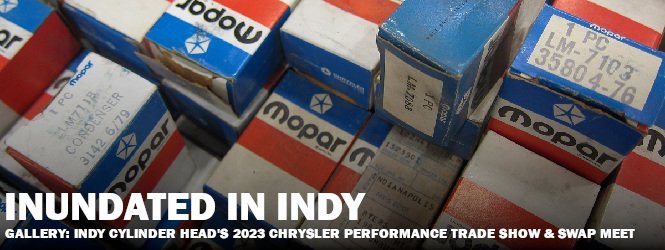
For midwestern Mopar-ites, Indy Cylinder Head’s annual Chrysler Performance Trade Show and Swap Meet marks the beginning of spring speed activities. Housed in the comfortable confines of the Indiana State Fair’s Blue Ribbon Pavilion in Indianapolis, this year’s gathering was yet again a gas-guzzler’s dream. Nearly 150,000 square-feet of prime real estate was covered in Chrysler for the 28th happening of this perennial display of Pentastar power.
Word on the street and in the aisles was that swap meet spaces were sold out as vendors came pouring in on Thursday afternoon for Friday and Saturday’s activities. The usual suspects were out in full force with the likes of Mancini Racing, Special T Restorations, and Stephens Performance flaunting a number of back-in-stock items many were glad to see.

A steady crowd at the Mancini booth was checking out popular parts such as electronic ignition kits, orange ECU boxes, and Mopar-licensed engine dress-up pieces. Their re-released Mopar Performance valve covers and air cleaner assemblies were a big hit after a long hiatus away from the aftermarket.
Stephens Performance had their usual abundance of Auto Metal Direct sheet metal as quarter panels, roof skins, and hoods were strewn about for study. Swap meets like this are always a great opportunity to save on shipping, especially on parts as big as body panels. Selection was a skosh more slim than usual, but the Stephens team said many of the parts on our inquiry list would be back in stock within the month.
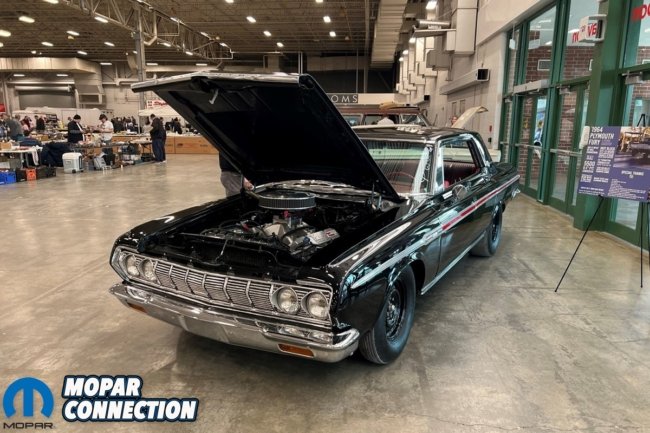
Special T Restorations has always been another staple in the Indy stables. This year, their display included refinished Super Stock grilles, restored steering wheels, and fresh tail lights. All fell within their long list of capabilities such as stainless and aluminum repair, polishing, plastic chroming, and anodizing.
And, of course, Indy Cylinder Head was on hand with the latest hardcore wedge and Hemi offerings. A wide variety of intake manifolds, valve covers, cylinder heads, and even superchargers were at the show and available for purchase onsite. Several folks stopped by a Mod-Man intake which was graced by a Blower Shop huffer. It would’ve looked right at home poking through the hood of an old-school hot rod, but we were on the hunt for something less ostentatious.
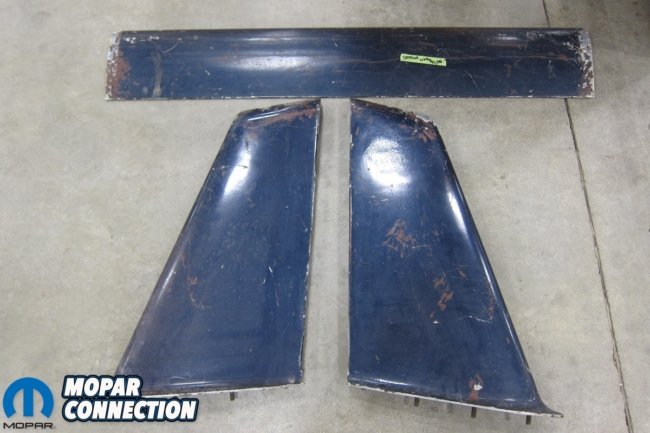
While the vendor spaces were neat, organized sales machines, individual swap meet plots were (and generally are) quite another story. The diversity in setups was something to behold. Some were heavily organized, every part labeled and tagged. Others piled too few tables with a who-knows-what of trinkets and treasures alike. Yet others looked like museum displays with most of their parts too rare and valuable to even garner a price. Those few were obviously strongly adhering to the old adage of, “If you have to ask, you can’t afford it.”
With that being said, not all rarities were on a need-to-know basis. At the top of the list was an original 1969 Dodge Charger Daytona wing. The three-piece set was signed with a $10,000 asking price and, for what it’s worth, was still sitting when we left late Saturday afternoon.

Two lightweight pieces of which we steered clear were some early ‘60s race car parts in the form of an aluminum front fender and an original aluminum 1964 Super Stock hood scoop. The scoop, haphazardly leaned against a folding table, was pinned at a cool $3,500, a far cry from a $400 fiberglass reproduction of nearly equal weight. Regardless, there is likely someone out there who needs it.
One unique piece with a $2,500 price tag to match was a purported 1969 A-body 383 block. These engines had two bosses on the front driver’s side drilled and tapped for a special motor mount. The caveat is that these holes can be duplicated on any 383 block with the cast bosses. It was a good case of “buyer beware” and a more thorough look would have been required for proper confirmation of provenance.
A corresponding 1969 A-body 383 driver’s side exhaust manifold could have been had for $900 and it was one of many high-performance manifolds on the market. Valuations went from $150 for one big-block version to $1,495 for a pair of 340 pieces.
In general, engines ranged from bare blocks to complete packages advertised as “ready to run.” On one end of the spectrum, a pair of running 318s were available for $600 each and the seller was quick to crank them over for anyone that caught a glance. On the upper end, we spotted a complete blown 482 Hemi for $9,500 with some assembly required. Surprisingly, no less than three bare Hemi blocks were on sale. For $5,500, a new old stock Mopar Performance Mega block would’ve made someone a real nice starting point.
For those needing some induction indulgence, air cleaners and pie tins were scattered about. Pie tins or engine callouts have seemed to have spotty availability over the past couple of years; some can still be bought new, but others are patiently awaiting reproduction. Per usual, the most in-demand air cleaners were the dual-snorkel, Air Grabber/Ramcharger, and Shaker types.
Surprisingly, six pack carburetors were at every turn. We quit counting at six sets and some of those had already sold. Here again, proper confirmation of origin would have been important for an impending buyer since list numbers and date codes must be decrypted.
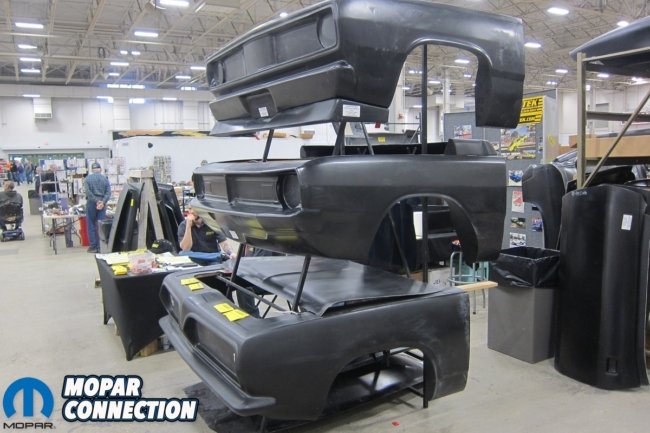
As far as fueling goes, maybe the most shocking was the glut of availability of original Carter AVS carburetors. Of course, the vast majority were cores, but for those looking to find that factory-applied part number, options were there. Pricing ranged from $50 on a 1968 383/auto version up to $150 for the 1968 440/manual variety.
Rear end third members have always been a favorite swap meet score of ours. Shipping these behemoths can be cost-prohibitive and being able to actually spin the gearset with your own two hands can shed light on setup and condition. Sure Grip and single-leg hog’s heads had both road and race gears and were fairly affordable outside of the Dana 60 monsters.
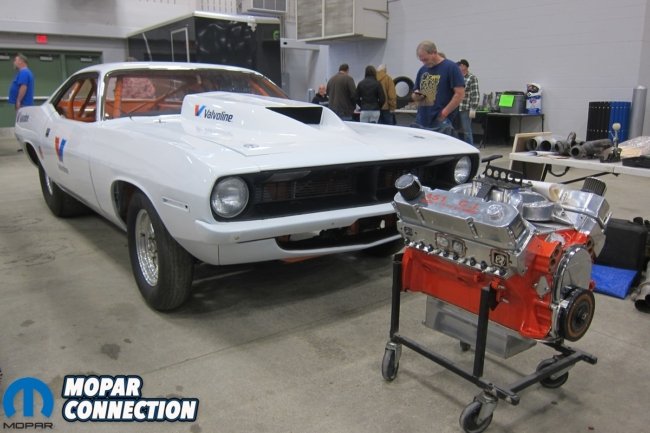
On the interior end of things, wood wheels were still noticeably popular, even among a surplus of aftermarket options. Commanding $300 to $1,000, wheel condition was a clear driver on cost. An A-body Rim Blow rudder was sighted with steering column still in tow. While rare, these don’t necessarily demand extreme money because of their not-so-sporty appearance.
Bucket seats for all body styles weighed in between $500 to $800, but it was strange to see that very few benches were on display. It was a similar story for Rallye versus standard dash panels; the more valuable Rallye gauge sets were well-represented, presumably because of the bigger bucks.

One never ending disbelief will always be the accessibility to new old stock (NOS) components. Some fifty-plus years after manufacturing, unused parts in factory packaging still found their way to the swapping stations. Highlights included a ’66-’67 dash pad, ’79 Dodge truck grille, and a W9 top end from the mid-‘90s.
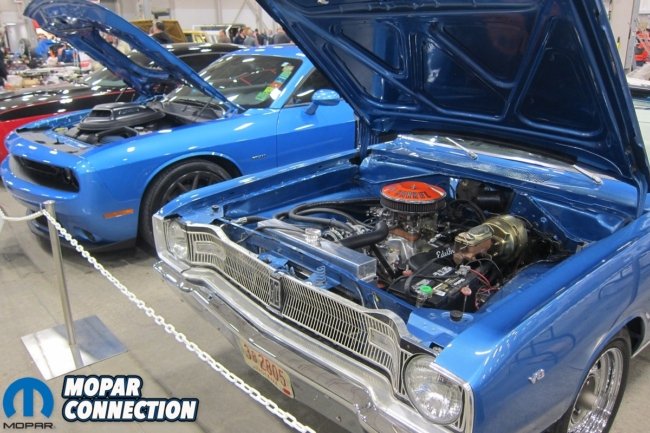
Along those same lines, toys had a robust representation as well. Like NOS parts, it’s incredible how many neat knickknacks have survived. The Dukes of Hazzard still support a strong showing and a tin lunchbox was wicked cool for $95. Models, signage, and Road Runner memorabilia made up the bulk of other items.
The show car and corral fields were sparse, as expected, but did feature a few worth mentioning. A 1972-1974 Plymouth ‘Cuda racecar was tubbed, caged, and engineless with a fresh 451 stroker on a stand in front of it. It was super clean and, complete with Valvoline livery, looked like a turnkey car.
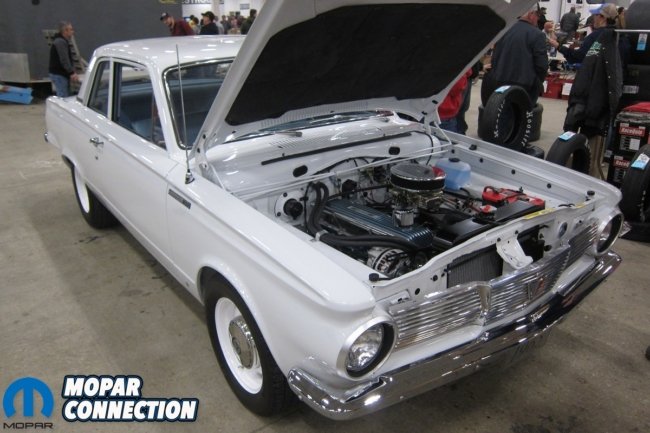
But, by a long shot, the most radical ride there was Bill Petrow’s four-door 1964 Plymouth Fury sitting by the front entrance. This former family car was way more bruiser than cruiser, packing a 605-inch big block, Indy heads, pushbutton 727, Strange Dana 60, and billet Dominator carb. At a listed race weight of 3,890 pounds, its best quarter mile jaunt so far was a scolding 9.69 seconds at 139 miles per hour. Not much can get the groceries any quicker than that.
This year, our own shopping list was fairly short as we were primarily there to pick up a few four speed parts for a friend’s 1971 Plymouth ‘Cuda project. The bounty included a 1970-vintage 833 transmission, supposedly rebuilt after being picked from a ’70 ‘Cuda. For $900, it was a reasonable deal given the included shifter mount, shifter mechanism, and gently used pistol grip handle.
Some complimentary pieces like a torque shaft, clutch fork, and vintage flywheel were also snagged for a package price of $140. A couple new emblems topped it all off and tipped the scales to making this an overall productive trip.
If nothing else, it was a good chance to check in on the heartbeat of the ever-alive Mopar muscle car community. Unsurprisingly, its as strong as ever and it’s absolutely still possible to saunter down a couple dozen swap meet aisles to find those last few finishing pieces or the start of that next new project. Either way, you best not forget to bring those Benjamin’s.










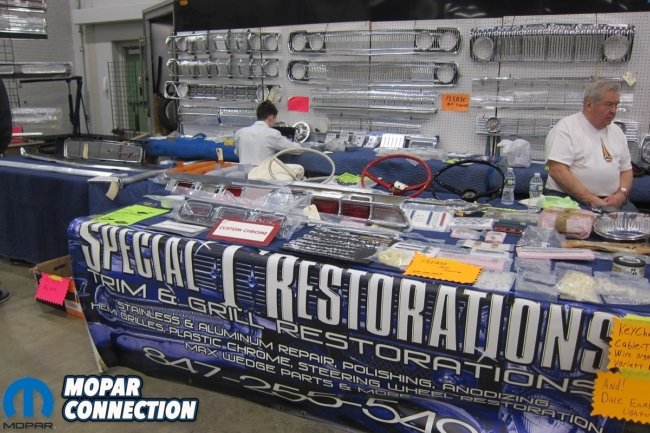



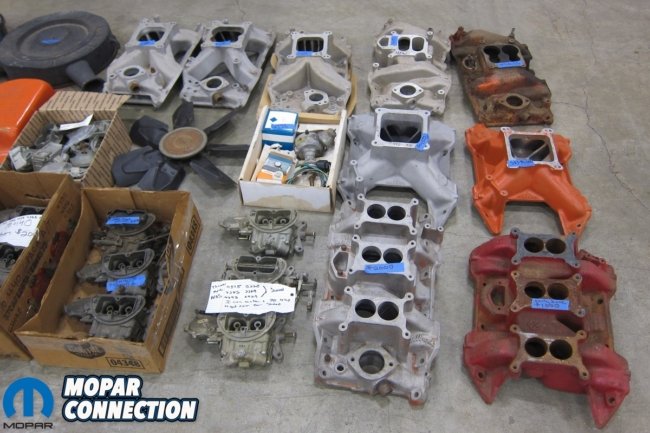
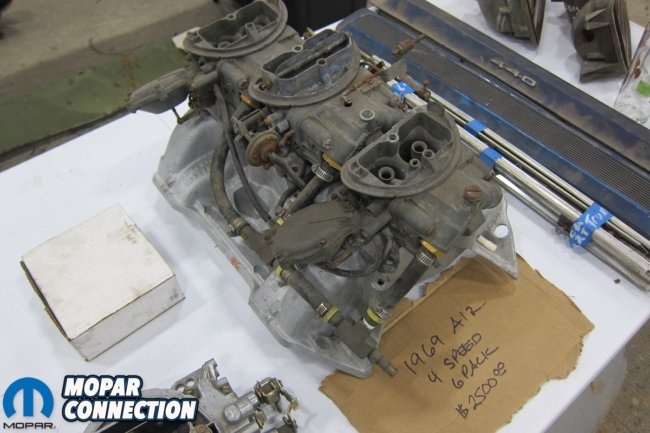


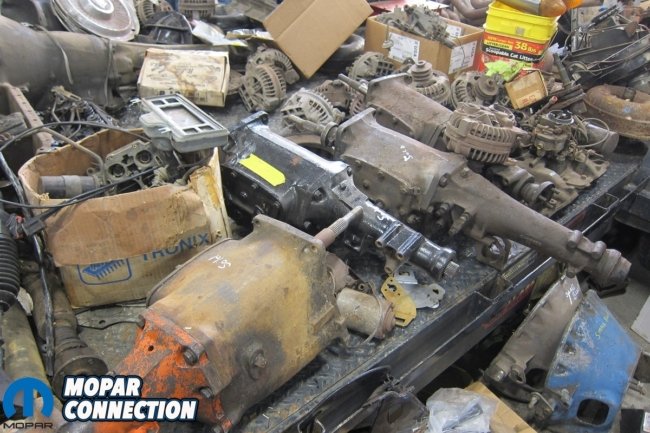
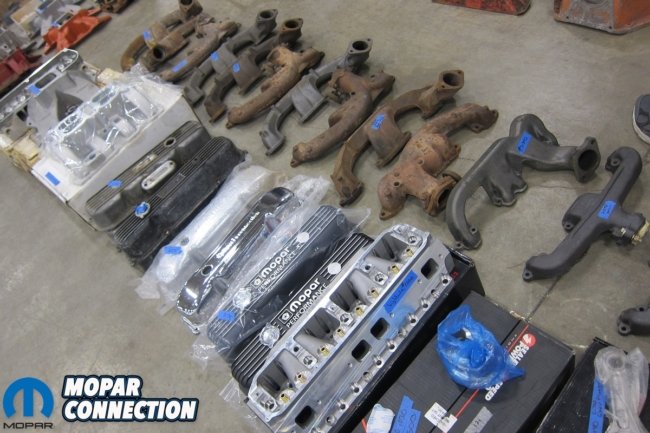

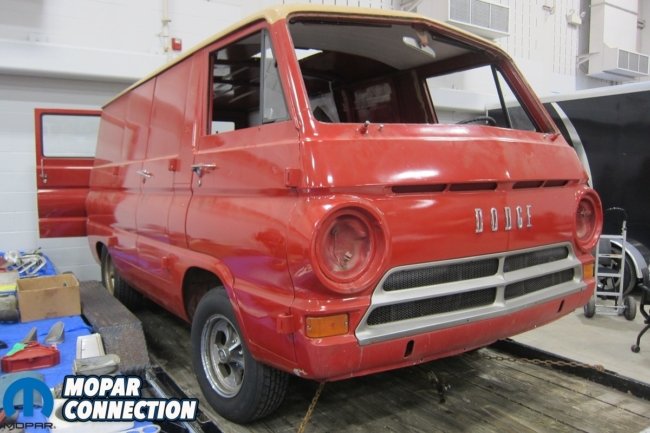
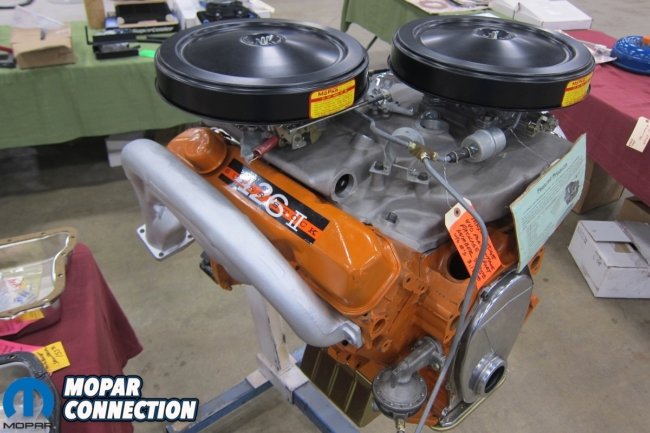
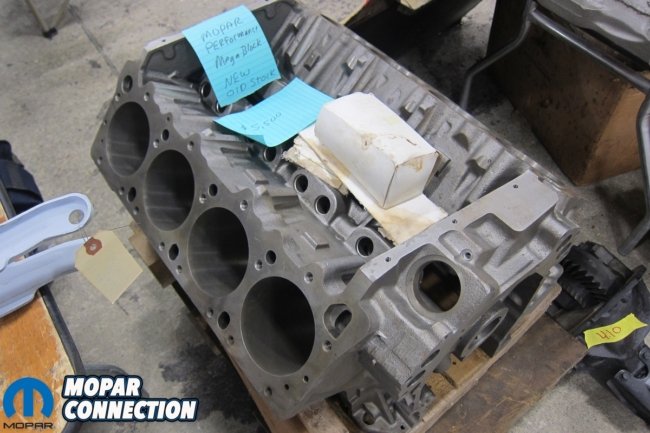


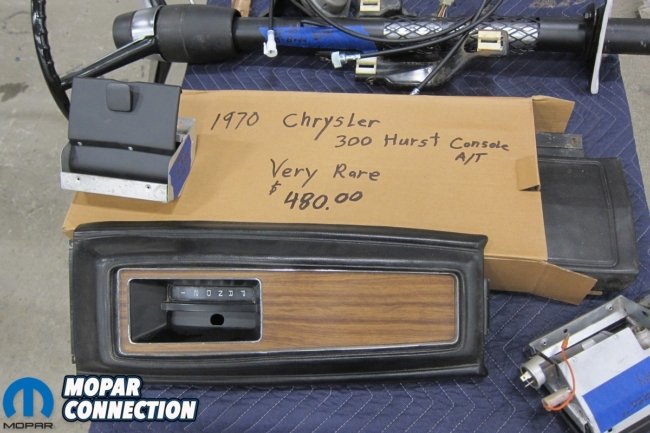
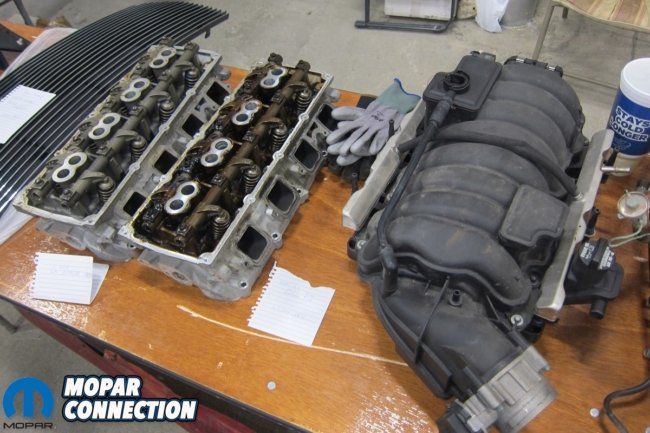

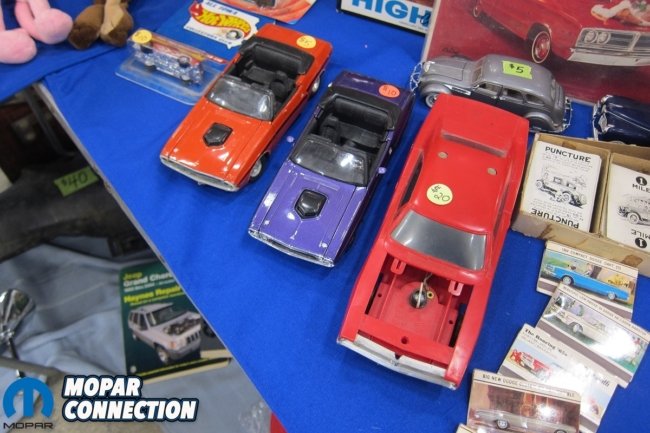
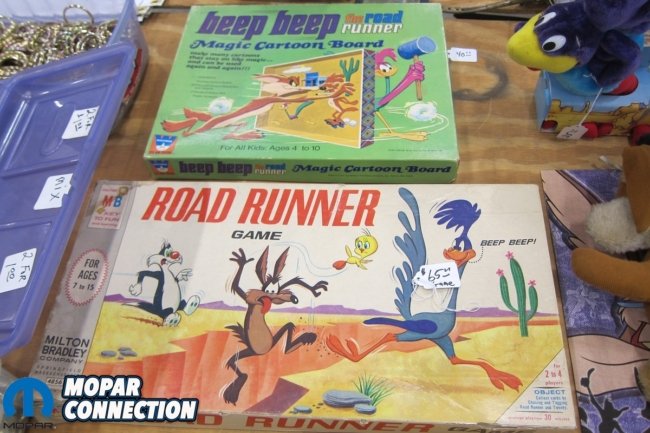



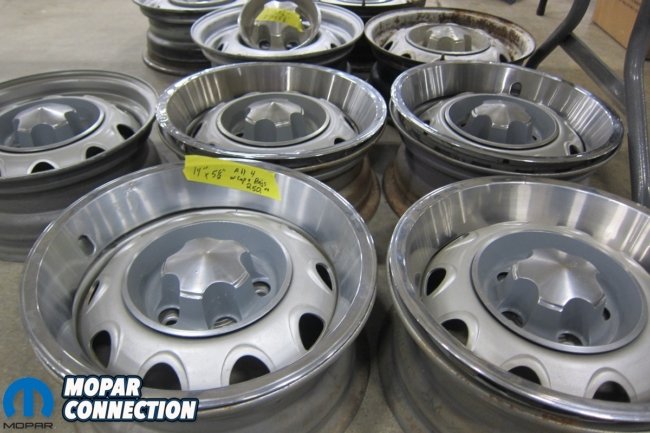
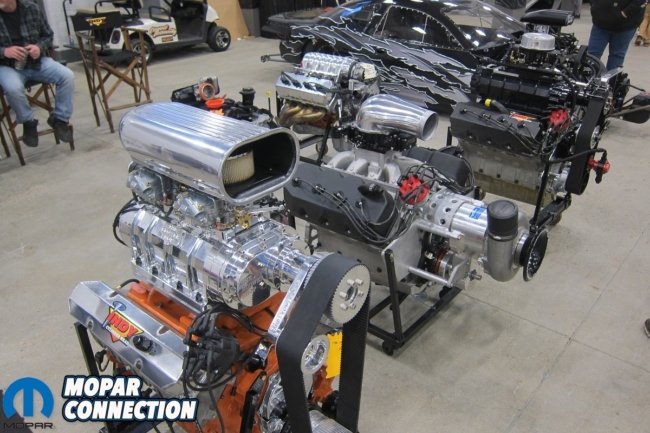
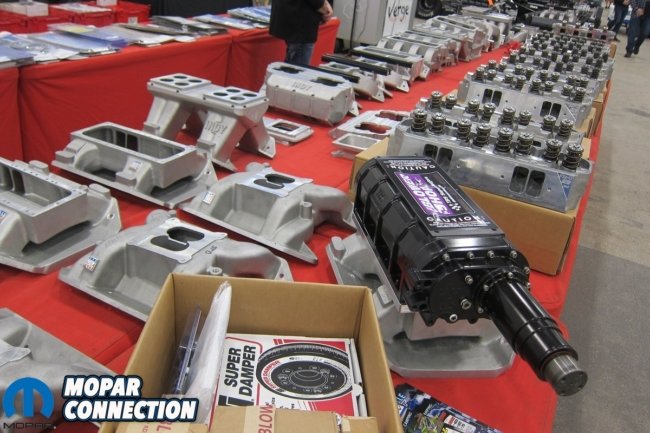
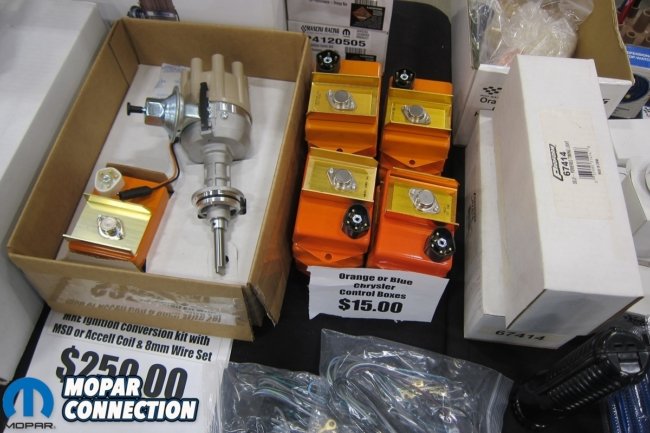
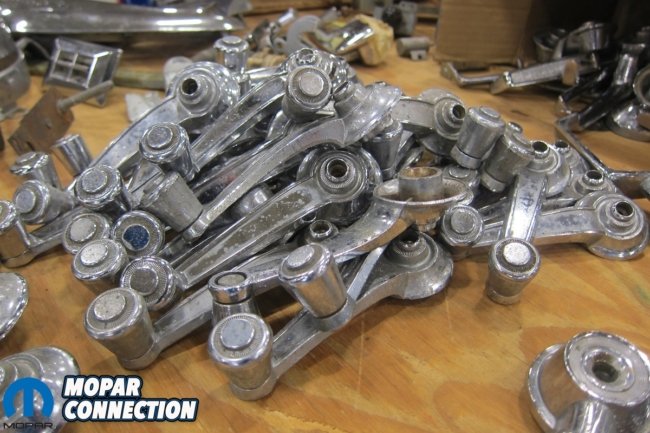
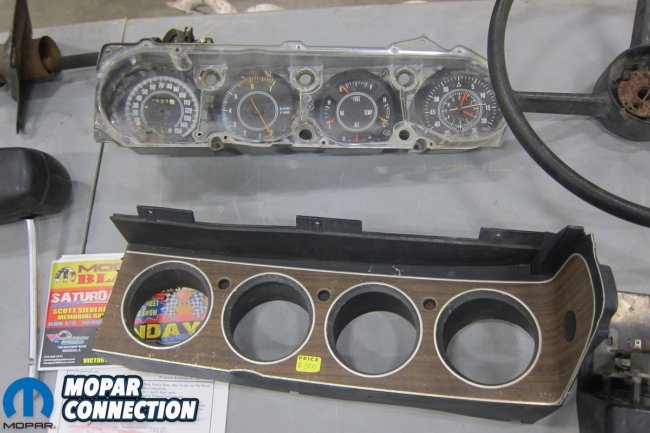
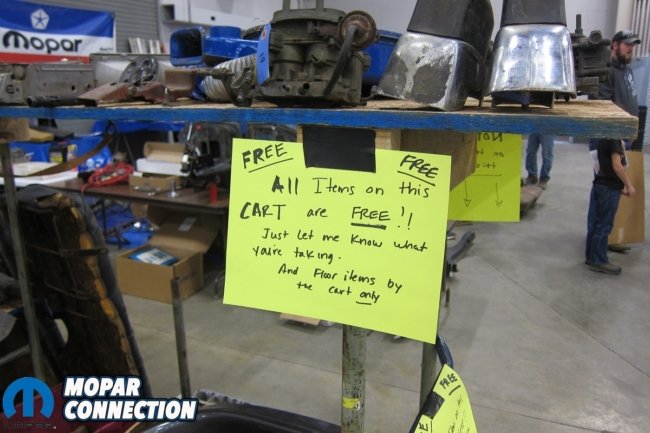

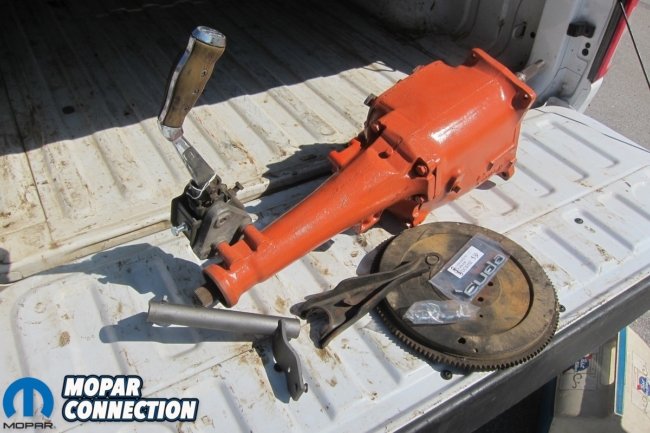
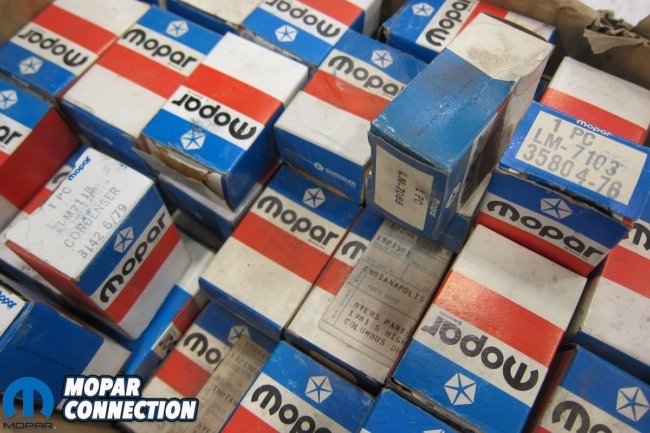
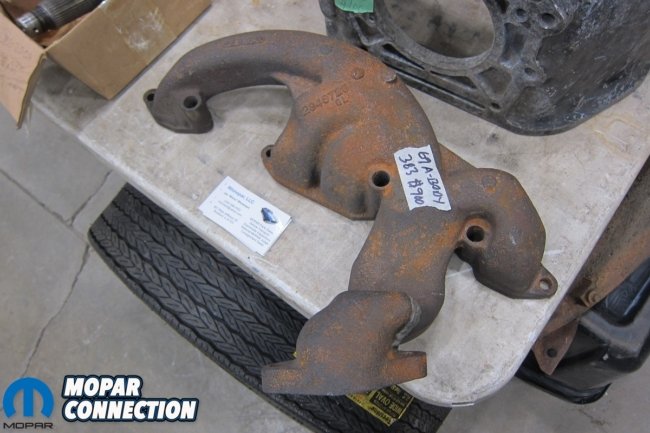

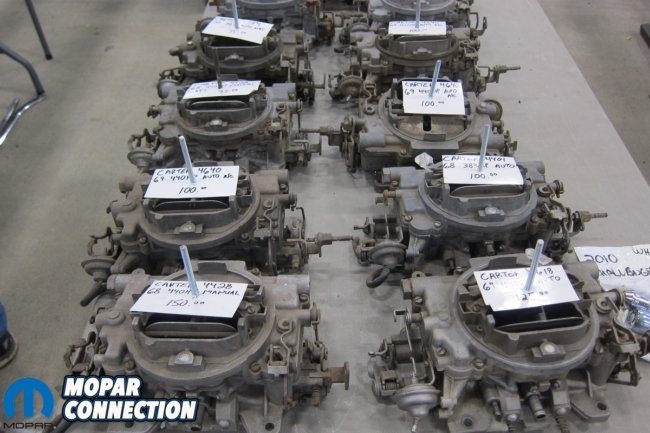
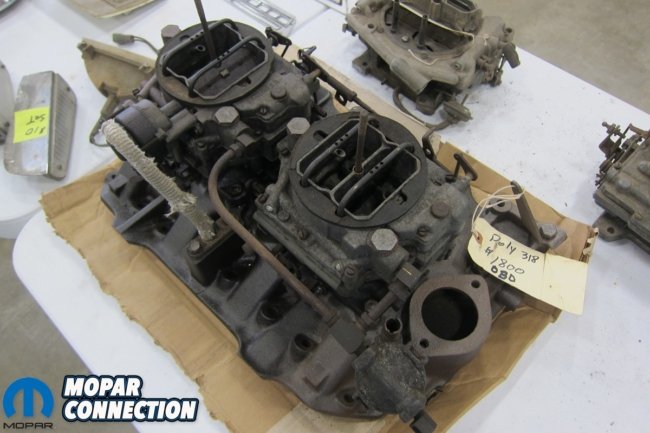
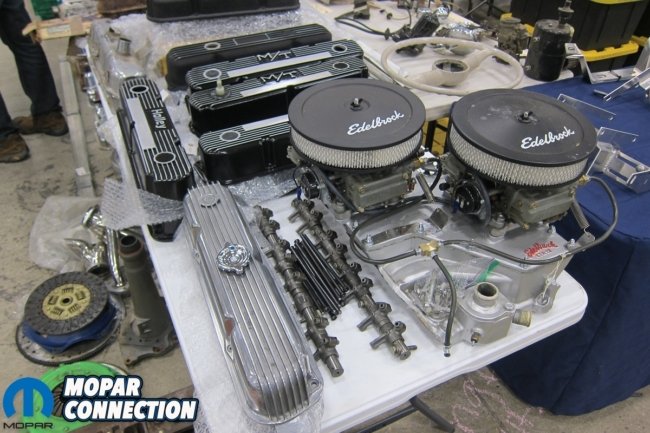
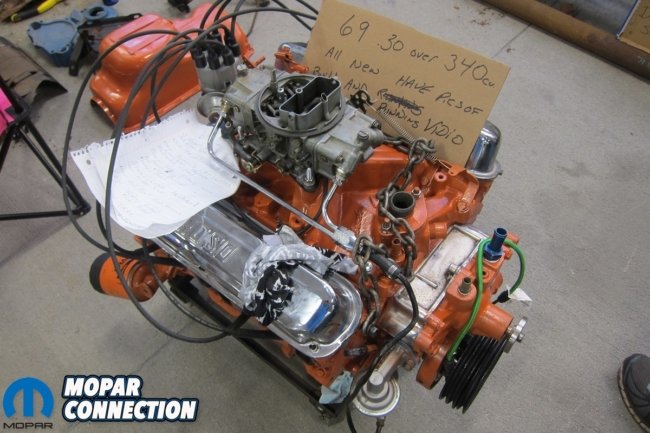

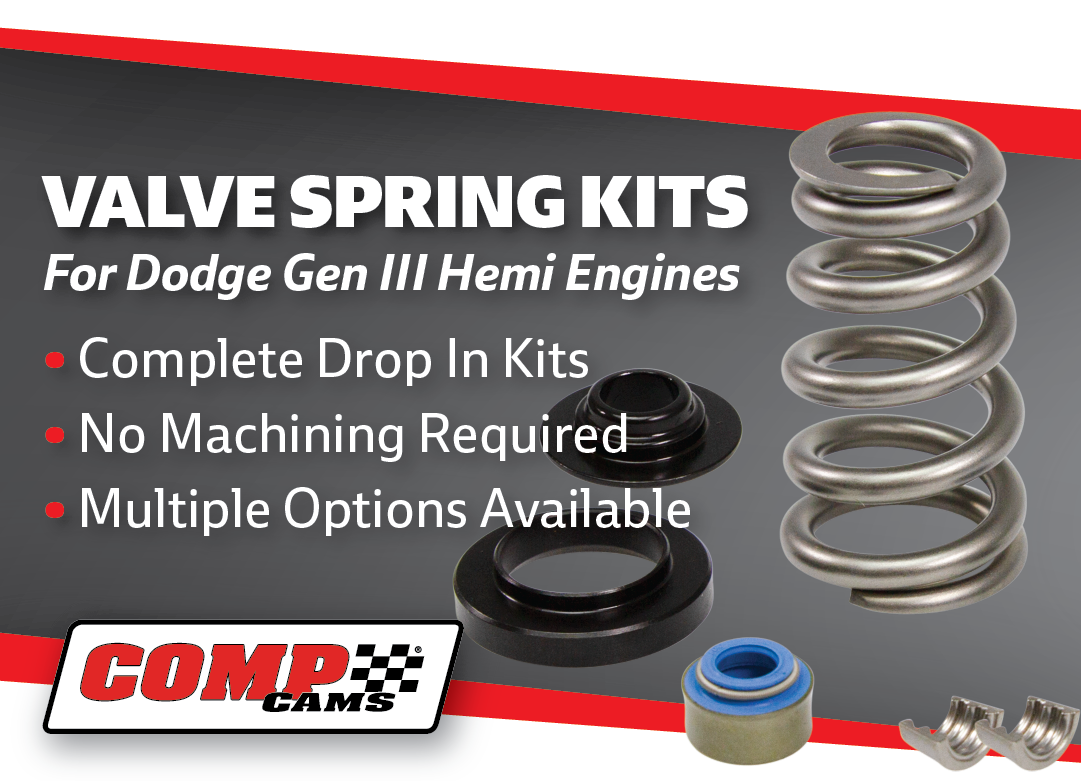
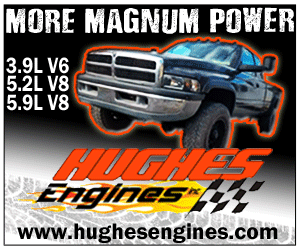

 Mopar Connection Magazine – The ONLY Daily Mopar Magazine © 2022. All Rights Reserved. Mopar Connection Magazine is the ONLY daily Mopar Magazine bringing you the latest Mopar news, technology, breaking news, and Mopar related events and articles. Find out the latest information about Mopar, Mopar products and services, stay up to date on Mopar enthusiast news, dealership information and the latest Mopar social media buzz! Sign up for the Mopar Connection Magazine newsletter for the latest information about new products, services and industry chatter. Mopar Connection Magazine is the best and only source you need to be a Mopar industry insider!
Mopar Connection Magazine – The ONLY Daily Mopar Magazine © 2022. All Rights Reserved. Mopar Connection Magazine is the ONLY daily Mopar Magazine bringing you the latest Mopar news, technology, breaking news, and Mopar related events and articles. Find out the latest information about Mopar, Mopar products and services, stay up to date on Mopar enthusiast news, dealership information and the latest Mopar social media buzz! Sign up for the Mopar Connection Magazine newsletter for the latest information about new products, services and industry chatter. Mopar Connection Magazine is the best and only source you need to be a Mopar industry insider! by
by